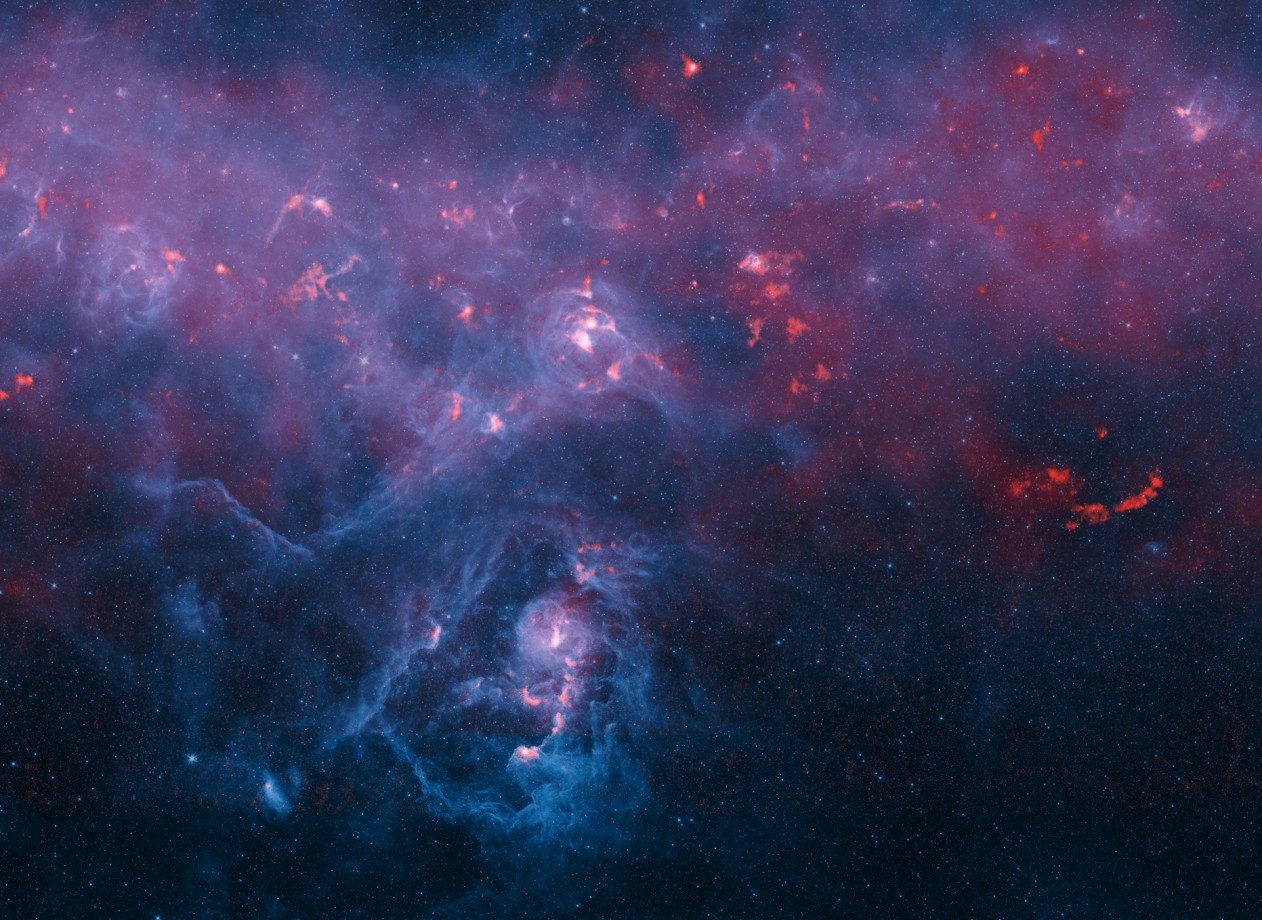
Un télescope de 12 mètres de diamètre de l’European Southern Observatory installé depuis 10 ans à 5100m sur le plateau de l’Atacama au Chili vient de compléter l’ATLASGAS, une étude complète de la Voie Lactée visible depuis l’hémisphère sud.
Des nouvelles techniques ont permis d’obtenir une résolution sans précédent montrant plus de détails et la surface capturée, en montrant une surface du ciel de 174° de long et 3° de large est quatre fois supérieure à la dernière étude similaire.
Toutes ces données ont déjà servies à mieux comprendre les nuages de gaz froids dans lesquelles se forment de nouvelles étoiles, à estimer la proportion de gaz danses dans la galaxie et ont été utilisées dans plus de 70 études scientifiques.
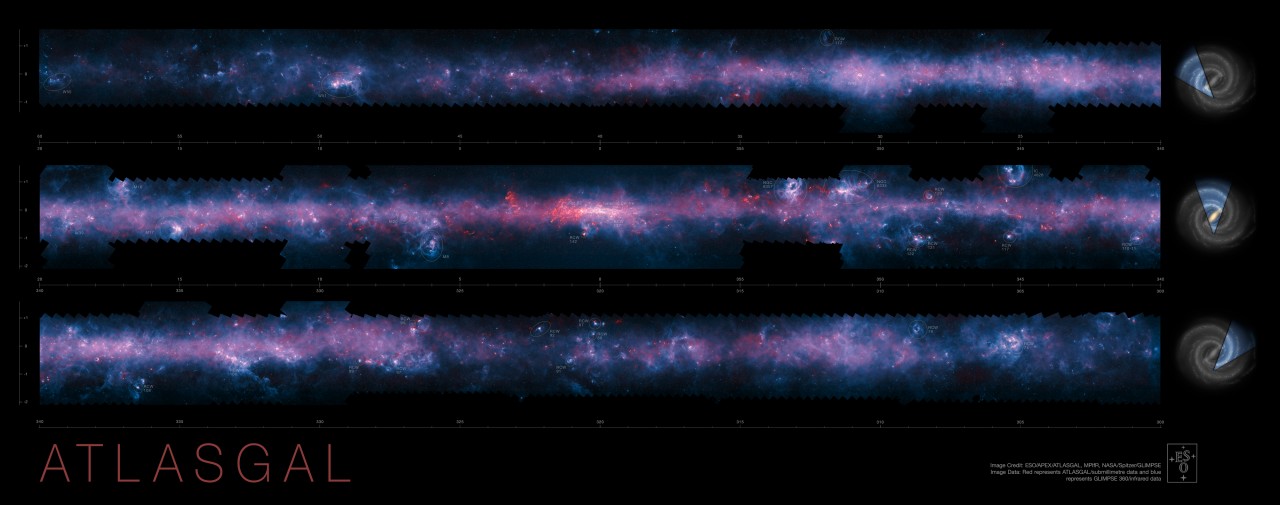

Mais vous pouvez aller là pour la télécharger en plein format, et ici pour zoomer et vous déplacer dedans.
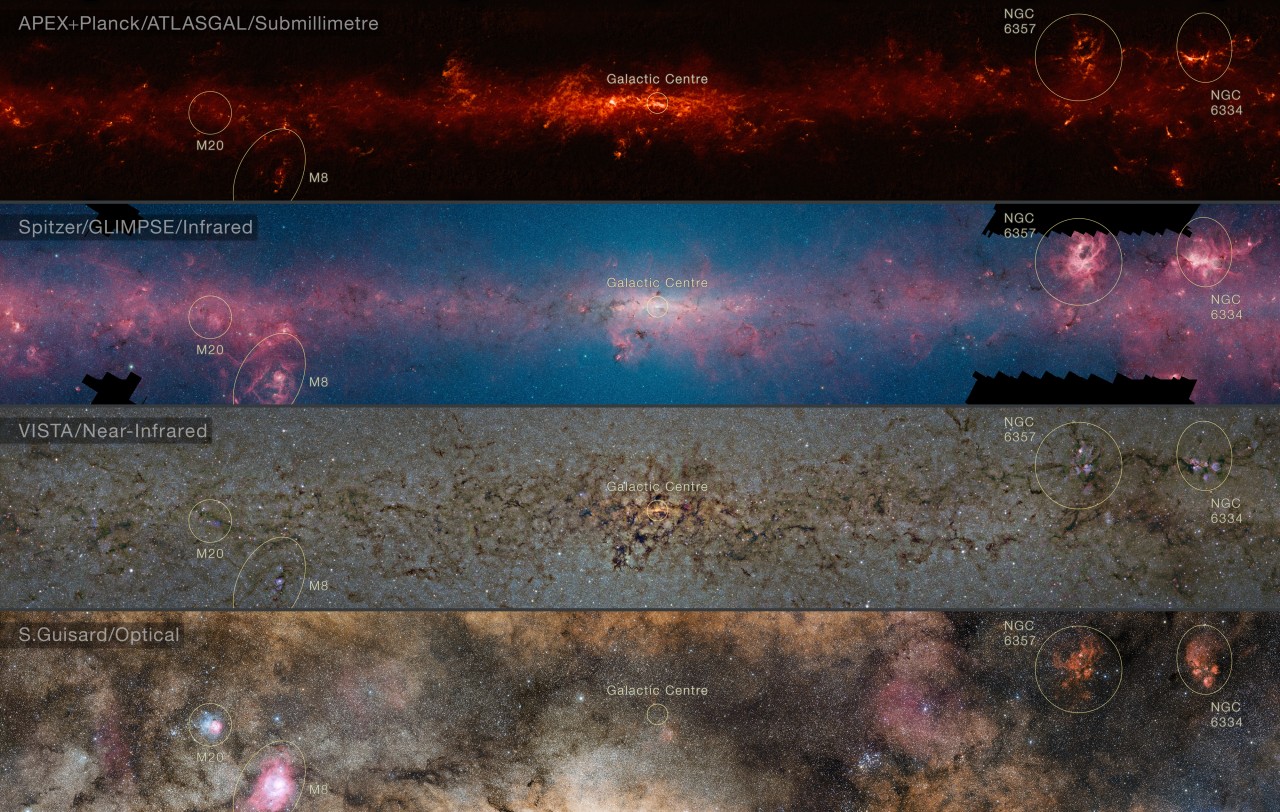
Et quand on télécharge l’image en plein format qui mesure 84353 x 2200 pixels on obtient des détails comme ça :
[Images ESO/APEX/ATLASGAL consortium/NASA/GLIMPSE consortium/ESA/Planck]
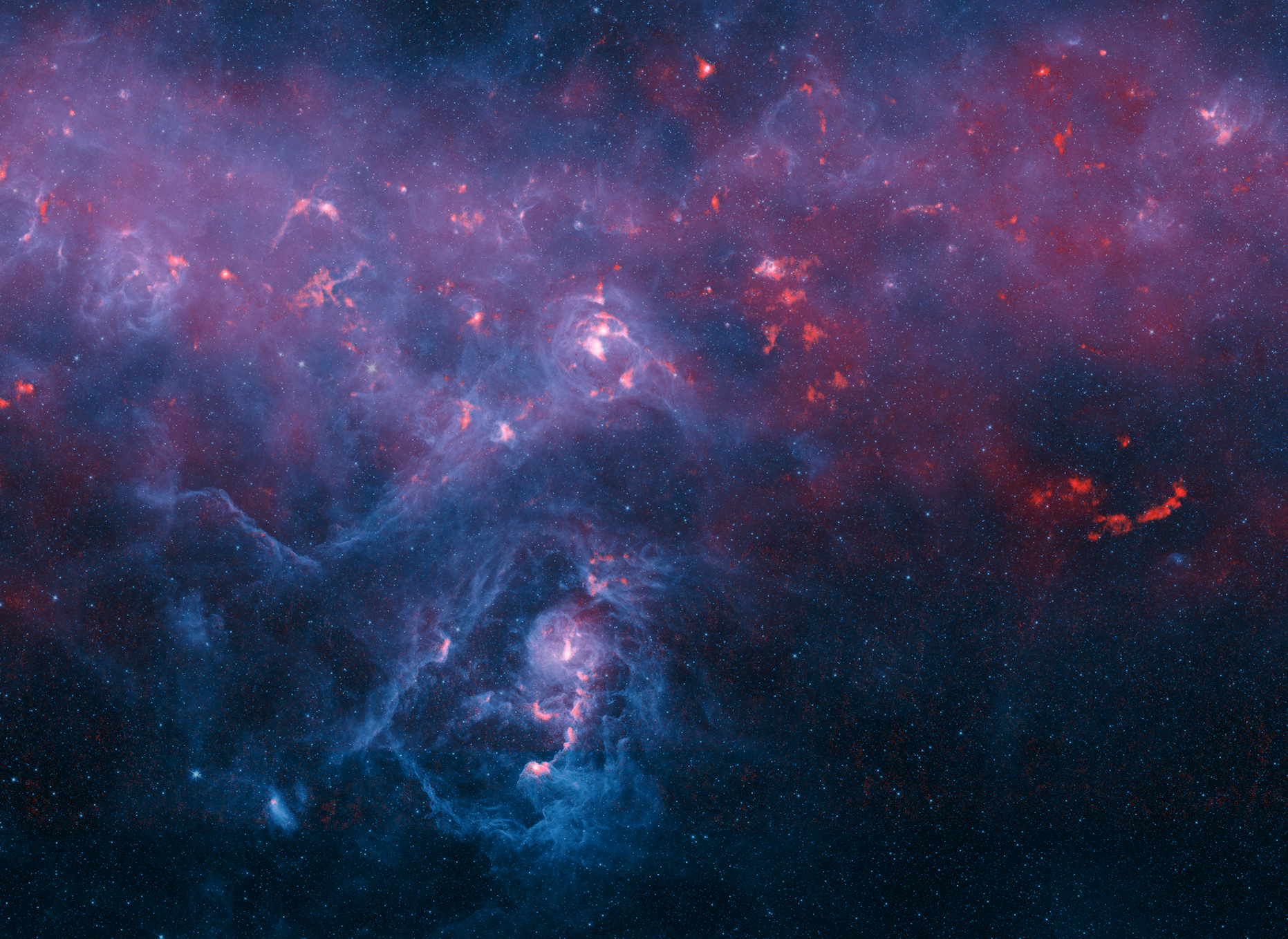
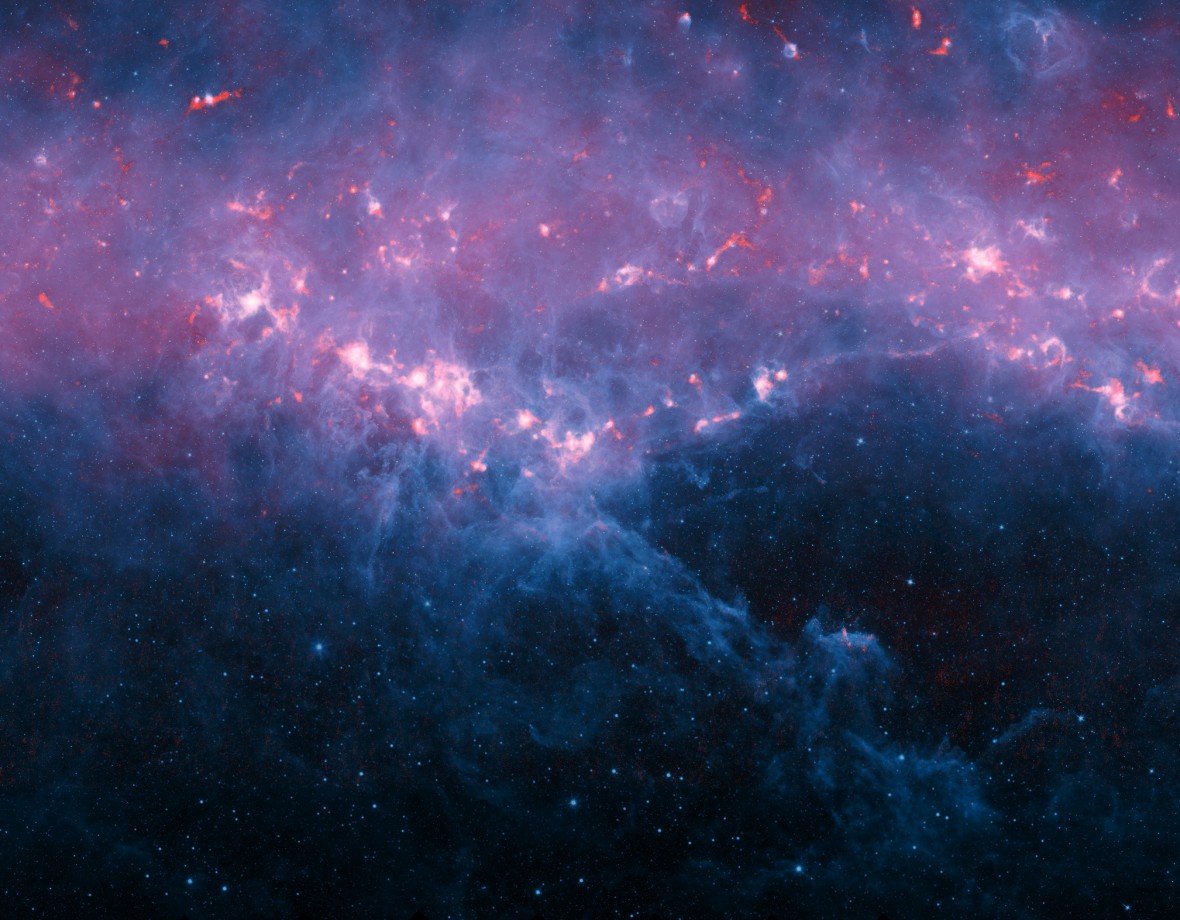
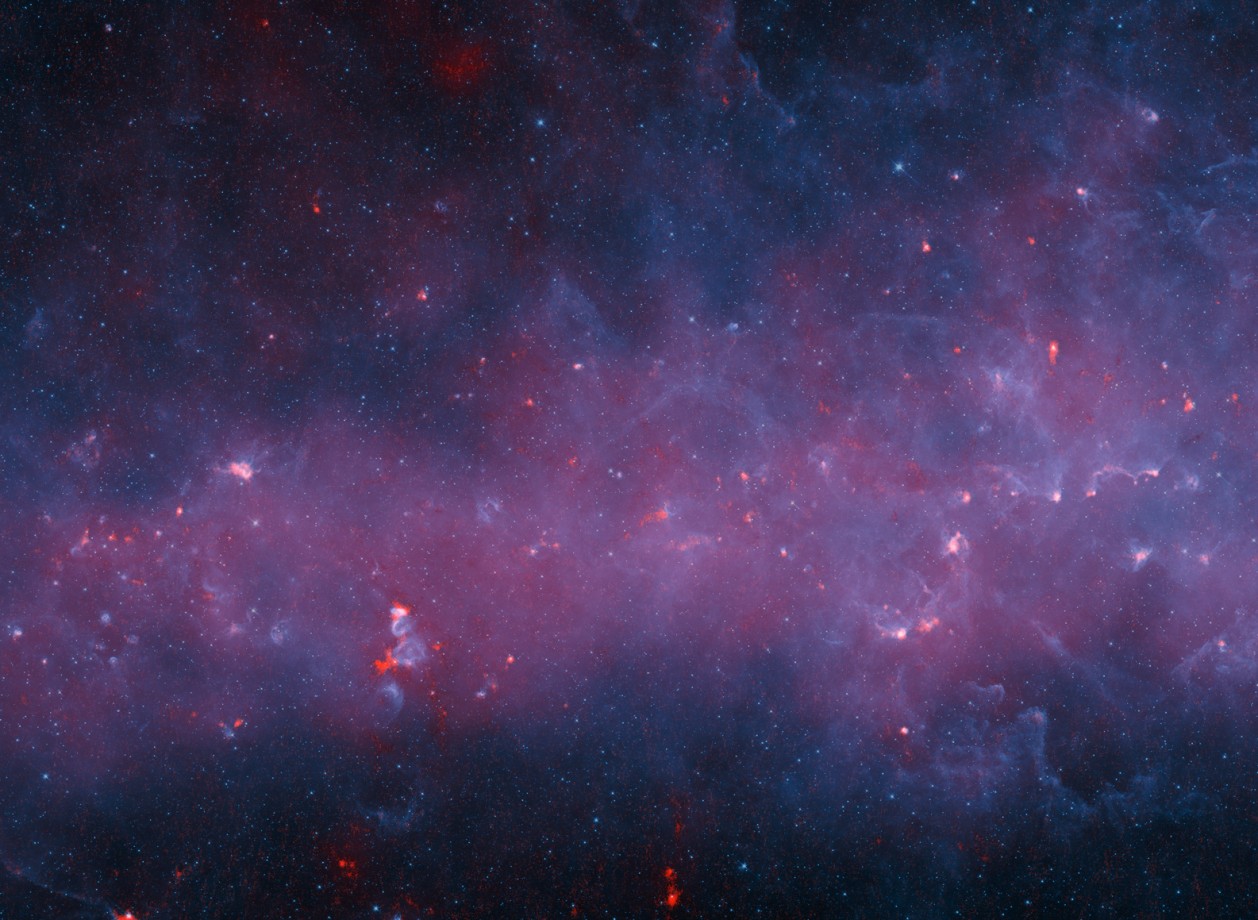
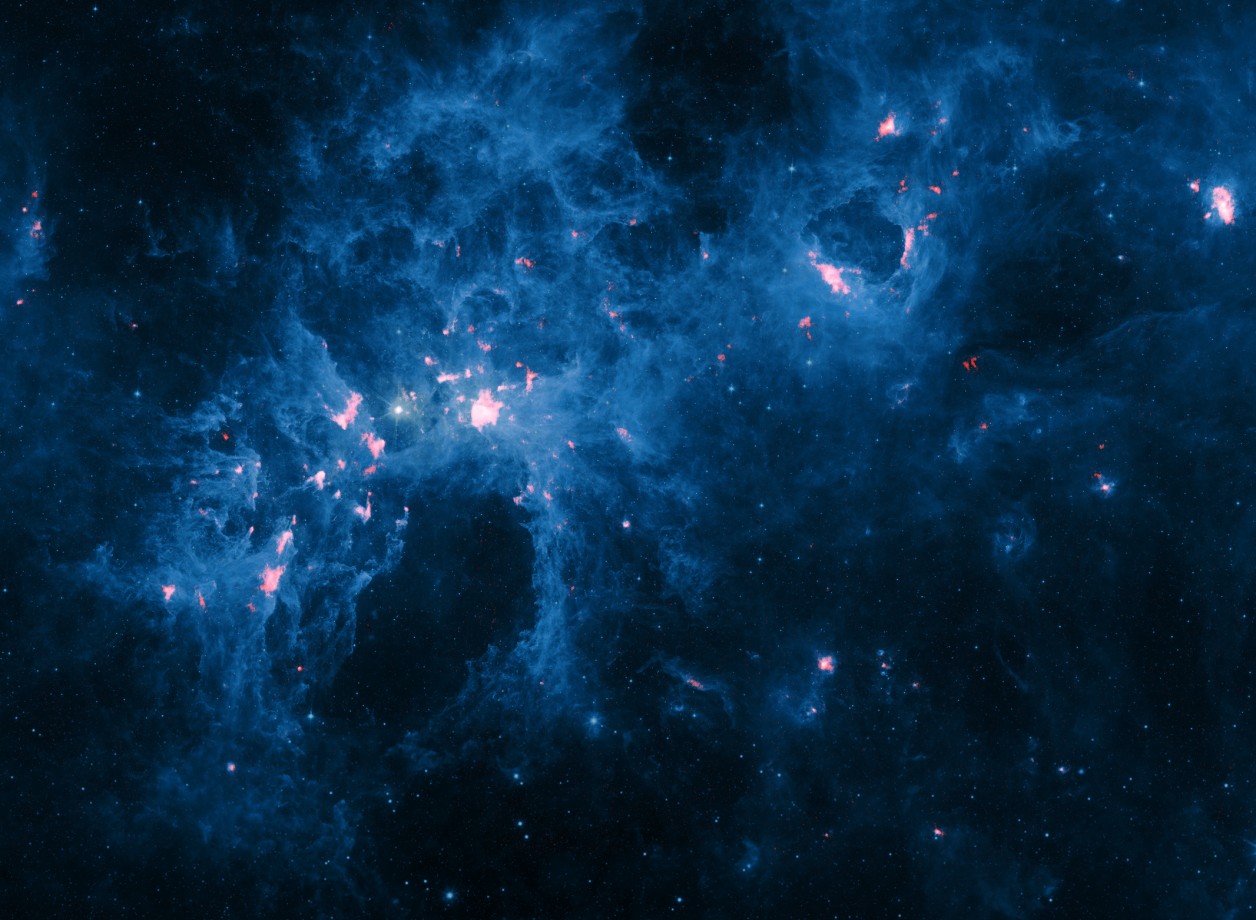
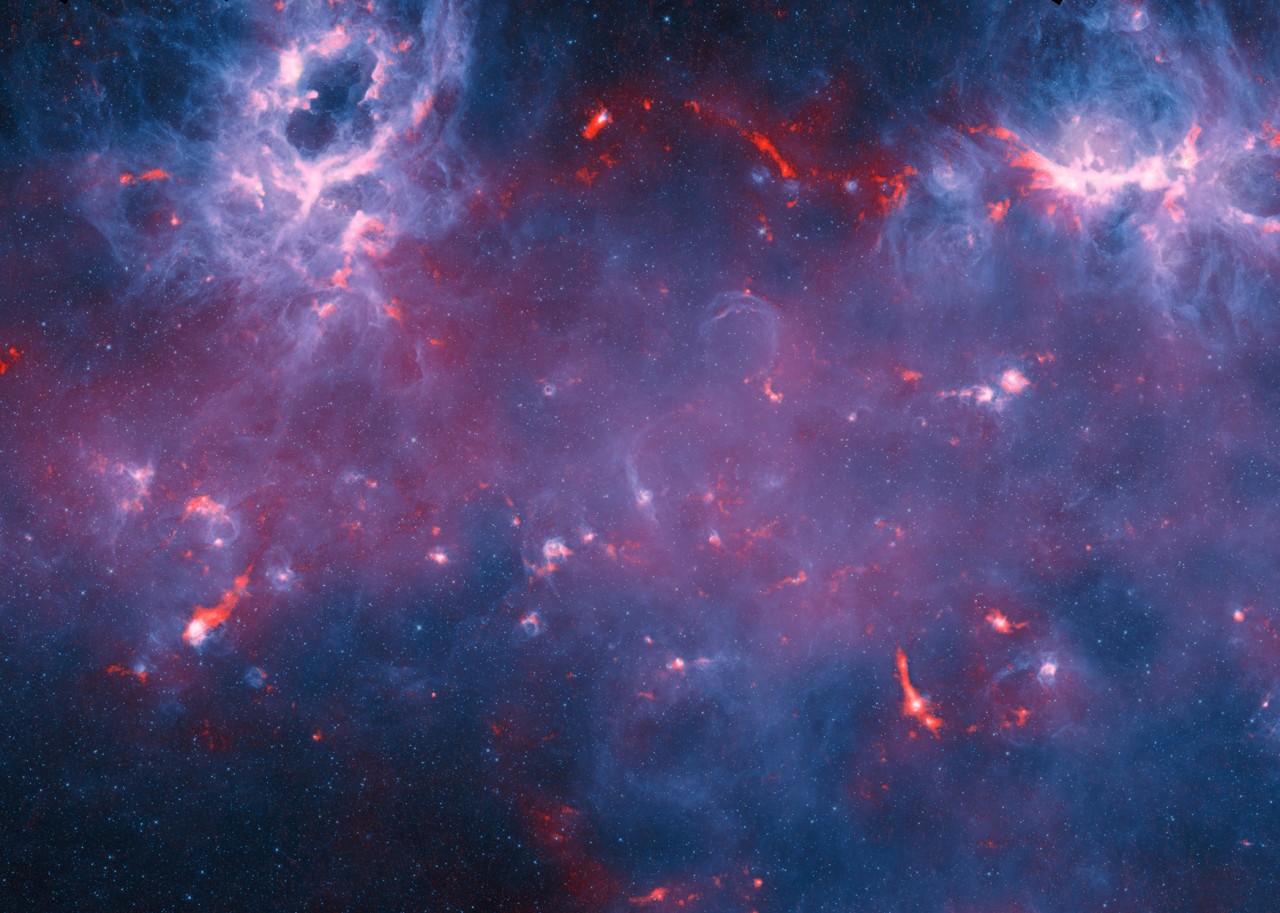
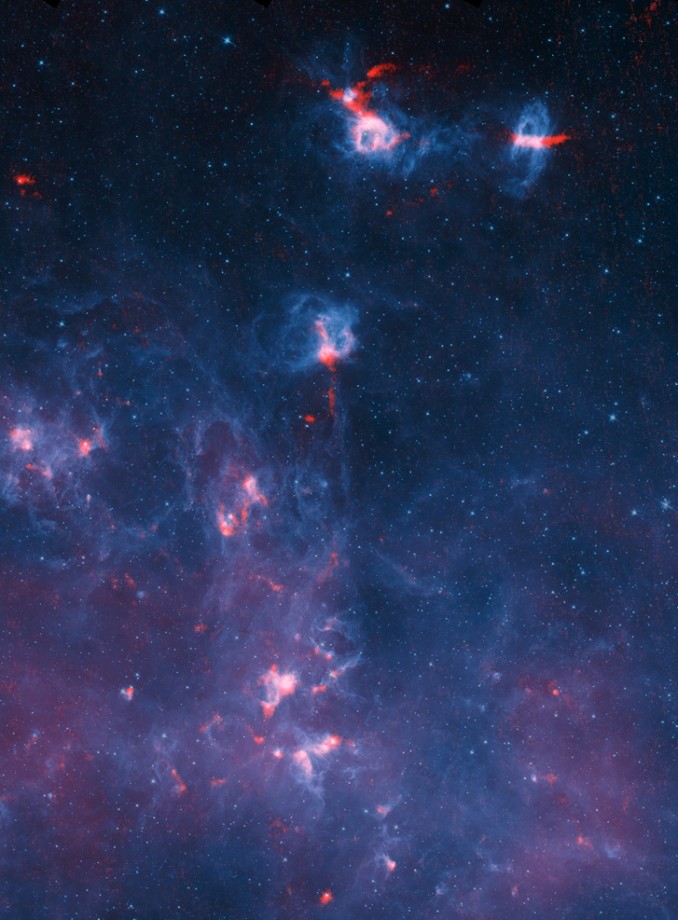
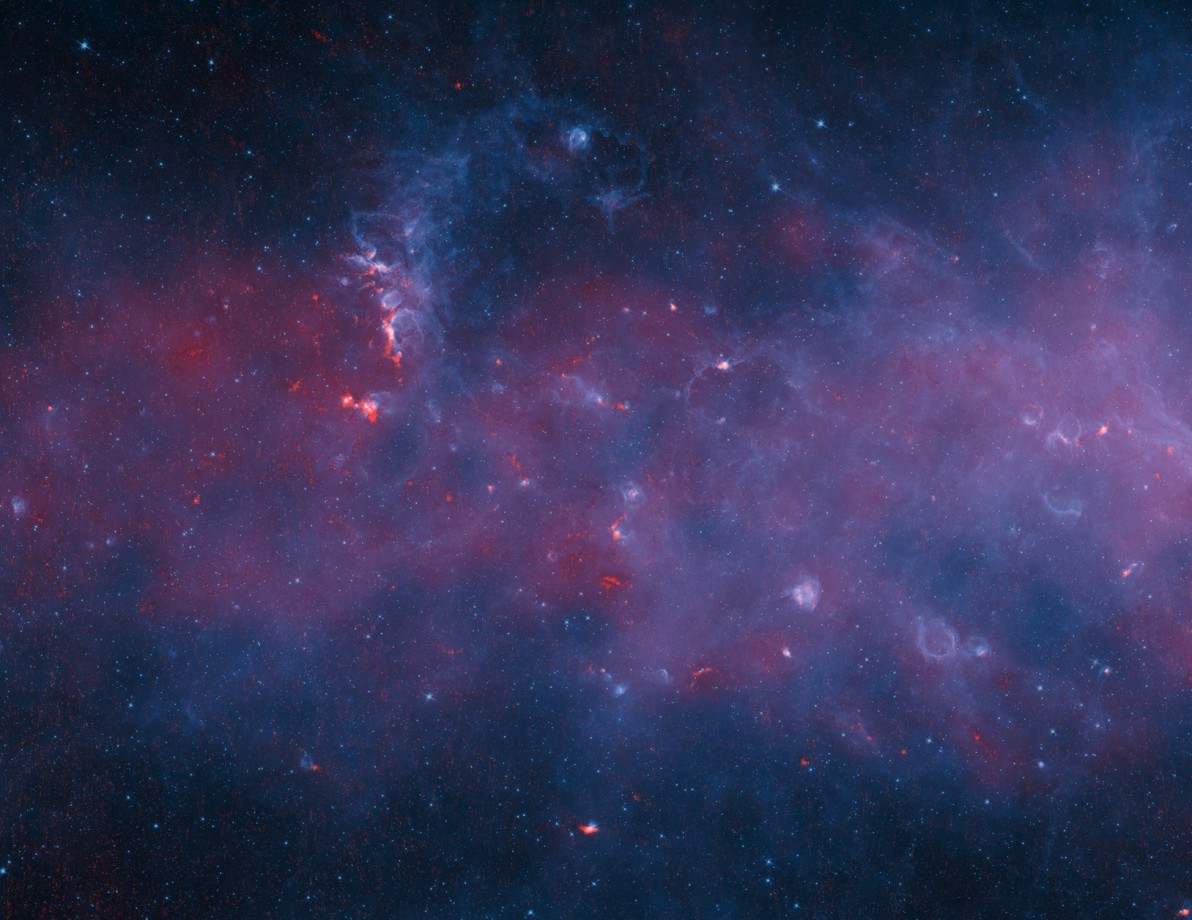
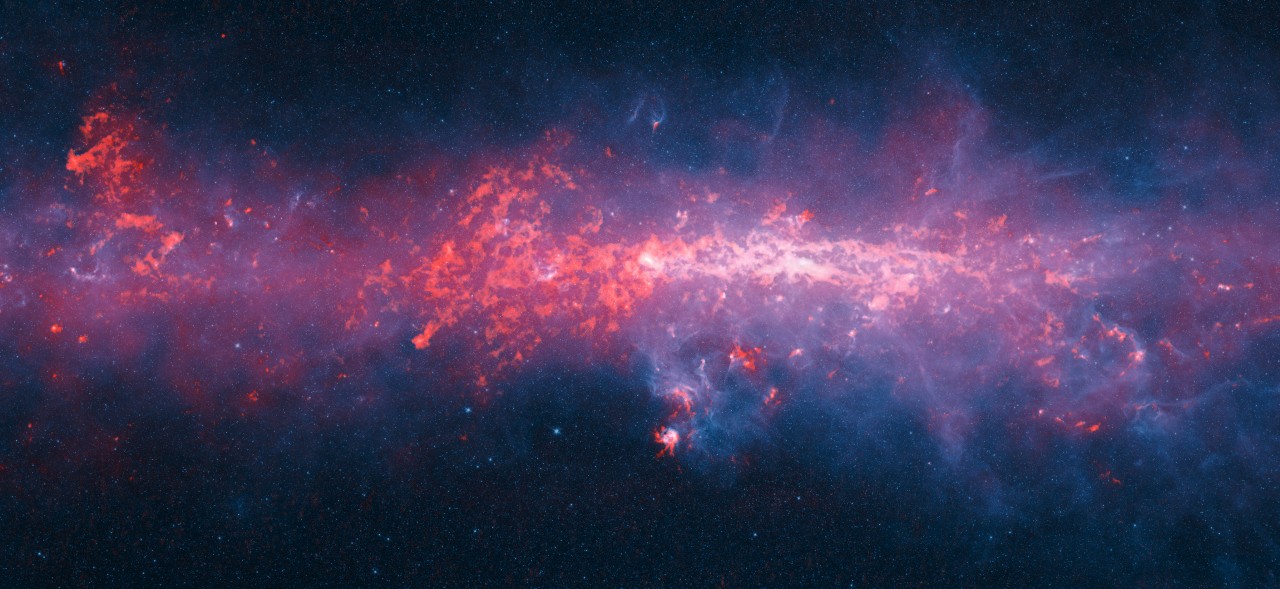
Vous devez être connecté pour poster un commentaire.